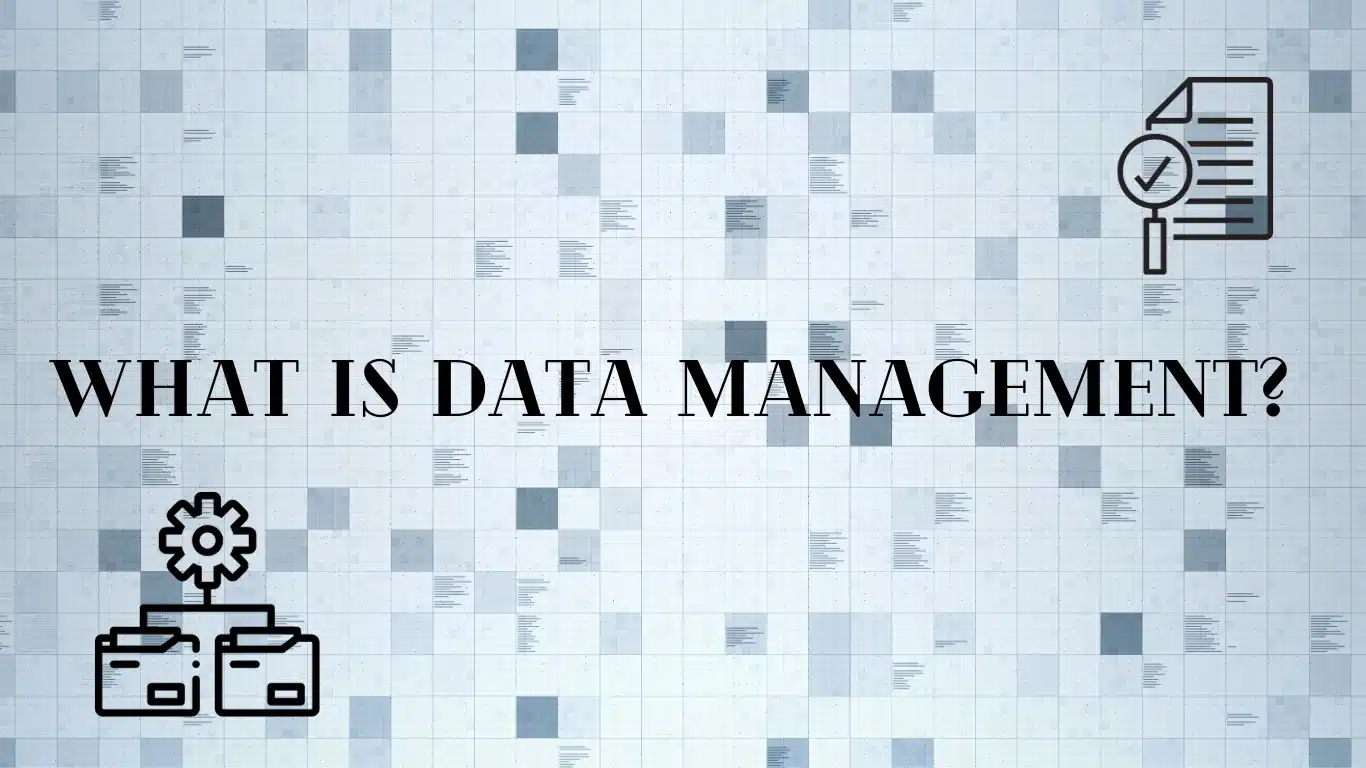In today’s rapidly evolving business landscape, an apprenticeship data management system has become integral to workforce development. These programs offer valuable hands-on experience to individuals looking to enhance their skills and knowledge in specific industries. However, managing the vast amount of data associated with apprenticeships can be a daunting task. That’s where an efficient data management system comes into play. Let’s explore the importance of data management in relation to apprenticeship programs and how implementing an efficient approach can streamline the process.
What is Apprenticeship Data Management?
Apprenticeships data management system involves collecting, storing, analysing, and utilising data related to apprenticeship programs. This includes information about apprentices’ progress, training modules, evaluations, etc. Traditionally, this data was stored in physical files or spreadsheets, making it difficult to access and update in real time. However, with the advent of technology, apprenticeship data management systems have emerged to simplify and automate these processes.
Benefits of an Efficient Apprenticeships Data Management System
Implementing an efficient data management apprenticeship benefits employers and apprentices. Firstly, it enhances transparency and accountability by providing real-time access to relevant data. Employers can easily track the progress of apprentices, monitor their training modules, and assess their performance through comprehensive analytics. This ensures that apprentices receive the necessary support and guidance throughout their program, leading to better outcomes for all parties involved.
Secondly, an efficient data management system enables effective communication and collaboration. Employers, apprentices, and trainers can easily exchange information, share resources, and provide feedback through a centralized platform. This fosters community and promotes continuous learning, creating a conducive environment for apprentices to thrive.
Lastly, a well-designed data management apprenticeship improves compliance and reporting. It simplifies the process of generating reports, managing documentation, and ensuring compliance with regulatory requirements. This not only saves time and effort but also minimizes the risk of errors or omissions, thereby enhancing the credibility of the apprenticeship program.
Key Features in a Data Management System for Apprenticeships

Several key features must be considered when selecting a data management system apprenticeship. Firstly, it should offer a user-friendly interface that is intuitive and easy to navigate. This ensures that all stakeholders can easily access and interact with the system regardless of their technical expertise. Additionally, the system should provide robust security measures to protect sensitive apprentice data and prevent unauthorized access.
Furthermore, the data management system should be able to integrate with other systems, such as HR or payroll software. This enables seamless data flow and removes the need for the manual entry of data, eliminating the risk of glitches and improving overall efficiency.
Another essential feature to look for is scalability. As apprenticeship programs grow and evolve, the data management system should be able to accommodate high volumes of data and adapt to growing needs. This ensures that the system remains practical and relevant in the long run.
How an Efficient Data Management System Streamlines Apprenticeship Programs?

An efficient data management system is crucial in streamlining apprenticeship programs in several ways. Firstly, it automates administrative tasks like enrollment, scheduling, and record-keeping. This reduces the administrative burden on employers and allows them to focus on providing high-quality training and support to apprentices.
Secondly, it facilitates personalized learning experiences. A data management system can track an apprentice’s progress, identify areas of improvement, and suggest customised training modules or resources. This tailored approach enables apprentices to learn at their own pace and address their specific learning needs, leading to better engagement and outcomes.
Furthermore, an efficient data management system enhances collaboration between employers, apprentices, and trainers. It provides a platform for seamless communication, allowing stakeholders to share information, ask questions, and provide real-time feedback. This promotes a collaborative learning environment and fosters stronger relationships among all parties involved.
Steps to Implement an Apprenticeships Data Management System
Implementing a data management system for apprenticeships requires careful planning and execution. Here are some steps to consider:
- Assess your needs: Identify the requirements of your apprenticeship program and determine what features and functionalities are essential in a data management system.
- Research and select a system: Thoroughly research different data management systems available in the market. Consider factors like cost, scalability, integration capabilities, and user-friendliness. Select a plan that aligns with your program’s needs and goals.
- Data migration and integration: If transitioning from a manual or outdated system, ensure an easy transition by migrating your existing data to the new system. Additionally, integrate the new system with other relevant software to streamline data flow.
- Training and adoption: Provide comprehensive training to all stakeholders on effectively using the data management system. Encourage adoption by highlighting the benefits and emphasizing the system’s ease of use.
- Continuous monitoring and improvement: Regularly monitor the system’s performance, gather feedback, and make the required adjustments or improvements. This ensures that the system remains effective and aligned with your evolving needs.
Tips for Managing Apprenticeship Data from Home
Many employers and apprentices work remotely in light of the current global situation. Managing apprenticeship data from home can present unique challenges. Here are some tips to help you navigate this situation:
- Establish a dedicated workspace: Set up a designated area for managing apprenticeship data in your home. This will help create a focused and organized environment, enhancing productivity and minimizing distractions.

- Ensure secure data access: Use secure virtual private networks (VPNs) to access the data management system remotely. This ensures that sensitive apprentice data remains protected and prevents unauthorized access.
- Maintain regular communication: Stay connected with your team, apprentices, and trainers through video conferences, emails, or collaboration tools. Communication is essential to ensure smooth data management and address any challenges or concerns.
- Backup data regularly: Implement a backup strategy to ensure your apprenticeship data is securely stored and easily recoverable in case of technical issues or data loss.
- Adopt time management techniques: Working from home can blur the boundaries between work and personal life. Implement time management techniques such as setting precise work hours, taking regular breaks, and prioritizing tasks to maintain productivity and work-life balance.
Conclusion: Apprenticeship Data Management System
As apprenticeship programs evolve and play a vital role in shaping the future workforce, efficient data management systems will become increasingly essential. These systems streamline administrative tasks, enhance communication and collaboration, and provide valuable insights for program improvement. By implementing a robust data management system, employers can ensure their apprenticeship programs’ success and unlock their apprentices’ full potential. Embrace the power of data management and embrace the future of apprenticeships.





